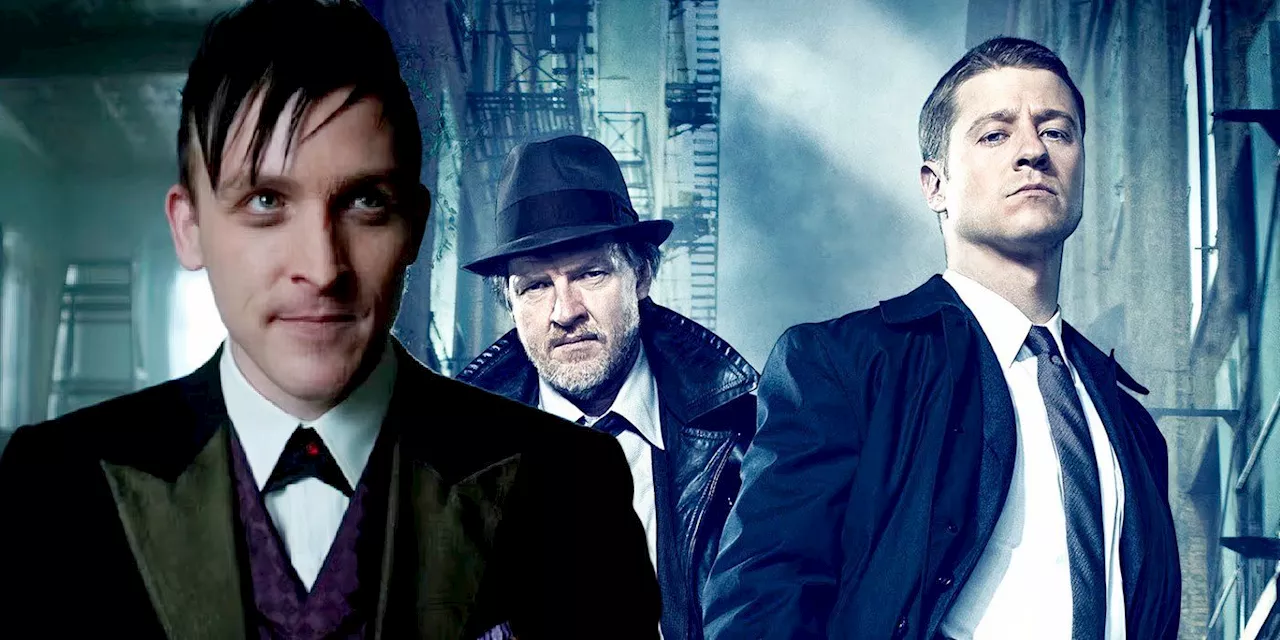This article explores the significant but often overlooked contributions of six women—Kay McNulty, Betty Jennings, Betty Holberton, Marlyn Wescoff, Fran Bilas, and Ruth Lichterman—who programmed ENIAC, the first general-purpose electronic computer, during World War II. It highlights their groundbreaking work in a time when computing was in its infancy and programming was a largely male-dominated field.
Humanity’s love affair with technology stretches back more than two million years, kickstarted by the stone tool industry.
Without necessarily calling it a love affair, many 20th century philosophers—from Lewis Mumford (Technics and Civilization, 1934) and Martin Heidegger (The Question Concerning Technology, 1954) to Bernard Stiegler (Technics and Time, 1994) and Andrew Feenberg (Critical Theory of Technology, 1991)—have argued that humans and their machines are inextricably intertwined, shaping and reshaping each other over centuries in a star-crossed relationship. It’s fitting, then, that the first general-purpose electronic computer, ENIAC, or Electronic Numerical Integrator and Computer, was introduced to the world in 1946 on Valentine’s Day. At the time, Popular Science contributing writer Allen Rose wrote, “The speed and scope of this digital wizard will revolutionize methods of modern industrial design.” The 30-ton “numerical monster” was housed in a 1500 square-foot room, “ventilated to draw off the heat from its 18,000 electronic tubes.” According to Rose, ENIAC would make possible a future with “cheaper air travel, better radios, wider use of microwaves, and more efficient motors.” But all that hardware required programmers—and not just any programmers: “A mathematician must set up the equations,” Rose explained, “because the machine only does what it is told.” In the 1940s, those mathematicians were chiefly women—the overlooked workers who helped launch the field of computer science. It was war that gave ENIAC its start—World War II, specifically. Indeed, many of our most profound innovations have been driven by war, our love affair with technology notwithstanding. Government funding has played a crucial role in many technological breakthroughs, often bridging the gap between military applications and civilian innovation. The internet evolved from ARPANET, designed in the 1960s to decentralize military communication. Global Positioning Systems, or GPS, were originally built for military navigation and targeting in the 1970s. Although the first integrated circuit was invented by private industry in 1958 (Jack Kilby at Texas Instruments), the microchip industry received virtually all its early funding from the US Air Force and NASA. Among the first of such military-funded computing projects, ENIAC—designed by engineers John Mauchly and J. Presper Eckert—was commissioned by the US Army during World War II to calculate complex artillery firing tables. Its public unveiling on February 14, 1946, heralded the dawn of a new era in computational power and technological innovation. Hundreds of women, both military and civilian, were recruited to build and operate ENIAC during WWII. Some focused on wiring and assembly, while others developed programming techniques. Ultimately, six women were selected to program and operate the digital monster, and their work was nothing short of groundbreaking. These women—Kay McNulty, Betty Jennings, Betty Holberton, Marlyn Wescoff, Fran Bilas, and Ruth Lichterman—were selected for their mathematical prowess and problem-solving skills. Each of these pioneers brought a unique perspective to the task of programming the computer. Unlike modern programming, which is done in high-level software languages on personal computers, programming ENIAC involved manually setting switches and rewiring the machine to solve different problems. This process required not only meticulous attention to detail but also a deep understanding of both mathematics and the machine’s intricate design. The work involved translating complex mathematical problems into a language that the machine could understand—a task both innovative and challenging given the limited tools and knowledge available. Without formal programming languages, the women who programmed ENIAC had to invent methodologies from scratch, laying the foundation for future coding practices, such as modular program design to break large problems into small, reusable code segments, and the methods used for systematic debugging. They discovered that the machine could be reprogrammed to solve a variety of problems, far beyond its initial military applications. Their innovative approach to problem-solving and their ability to work with the cumbersome technology underscored the importance of human insight in the development of early computers. Despite their significant contributions, until recently these women were largely forgotten until researchers like Kathy Kleiman began uncovering their untold stories. Kleiman’s 2013 documentary, The Computers, and subsequent novel Proving Ground (Grand Central Publishing, 2022), chronicle the role of ENIAC’s women programmers. (The 2016 movie Hidden Figures, based on the book by Margot Lee Shetterly, similarly revealed the programming roles of Black women for NASA)
ENIAC Women In STEM Computer History World War II Programming Technology
United States Latest News, United States Headlines
Similar News:You can also read news stories similar to this one that we have collected from other news sources.
 Untold Stories: Gotham's Abandoned PlotlinesExplore the fascinating world of Gotham and uncover ten planned storylines that never made it to the screen. From Barbara Kean's potential transformations to Jerome Valeska's intended demise, delve into the reasons behind these abandoned narratives and the creative choices that shaped the show's trajectory.
Untold Stories: Gotham's Abandoned PlotlinesExplore the fascinating world of Gotham and uncover ten planned storylines that never made it to the screen. From Barbara Kean's potential transformations to Jerome Valeska's intended demise, delve into the reasons behind these abandoned narratives and the creative choices that shaped the show's trajectory.
Read more »
 The Untold Story of Tom Wilson: The Music Producer Behind Bob Dylan's Greatest HitsA film featuring Timothée Chalamet as Bob Dylan focuses on the recording of 'Like a Rolling Stone,' bringing attention to the often-overlooked music producer Tom Wilson, who played a crucial role in shaping Dylan's and Simon & Garfunkel's musical careers.
The Untold Story of Tom Wilson: The Music Producer Behind Bob Dylan's Greatest HitsA film featuring Timothée Chalamet as Bob Dylan focuses on the recording of 'Like a Rolling Stone,' bringing attention to the often-overlooked music producer Tom Wilson, who played a crucial role in shaping Dylan's and Simon & Garfunkel's musical careers.
Read more »
 Untold Stories: How Ukraine's Grieving Women Are Finding Hope'I kept delaying the moment … their father was gone … their childhood was over.'
Untold Stories: How Ukraine's Grieving Women Are Finding Hope'I kept delaying the moment … their father was gone … their childhood was over.'
Read more »
 Doh Kyung Soo And Won Jin Ah’s Film “Secret: Untold Melody” Announces Updated Premiere Date With New PosterUpcoming film “Secret: Untold Melody” has officially changed its release date! A remake of the 2007 Taiwanese film “Secret,” “Secret: Untold Melody” is a
Doh Kyung Soo And Won Jin Ah’s Film “Secret: Untold Melody” Announces Updated Premiere Date With New PosterUpcoming film “Secret: Untold Melody” has officially changed its release date! A remake of the 2007 Taiwanese film “Secret,” “Secret: Untold Melody” is a
Read more »
 Royce Reed Reveals 'Shocking and Untold Truth' About Dwight Howard on Cam Newton's PodcastRoyce Reed, the ex-girlfriend of former NBA center Dwight Howard, discussed their past relationship on Cam Newton's “Funky Friday” podcast, divulging alleged intimate details about Howard's sexual history and other personal matters. The interview, which touched on sensitive subjects rarely discussed in the sports world, has sparked both praise and criticism.
Royce Reed Reveals 'Shocking and Untold Truth' About Dwight Howard on Cam Newton's PodcastRoyce Reed, the ex-girlfriend of former NBA center Dwight Howard, discussed their past relationship on Cam Newton's “Funky Friday” podcast, divulging alleged intimate details about Howard's sexual history and other personal matters. The interview, which touched on sensitive subjects rarely discussed in the sports world, has sparked both praise and criticism.
Read more »
 The Untold Story of Quentin Tarantino's Feud with Denzel Washington Over 'Crimson Tide'Explore the surprising connection between Quentin Tarantino's uncredited script work on the submarine thriller 'Crimson Tide' and the bitter feud it sparked with Denzel Washington. Discover the controversial scene that ignited their clash and how their relationship ultimately healed over time.
The Untold Story of Quentin Tarantino's Feud with Denzel Washington Over 'Crimson Tide'Explore the surprising connection between Quentin Tarantino's uncredited script work on the submarine thriller 'Crimson Tide' and the bitter feud it sparked with Denzel Washington. Discover the controversial scene that ignited their clash and how their relationship ultimately healed over time.
Read more »
